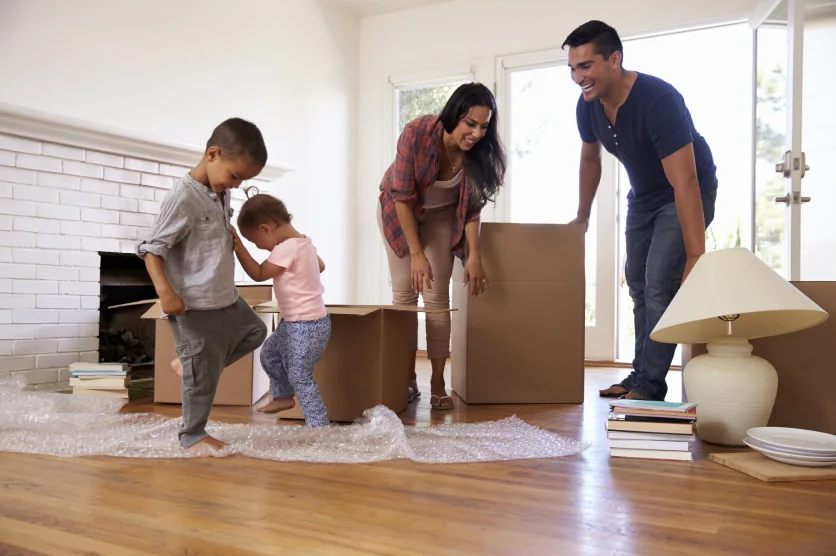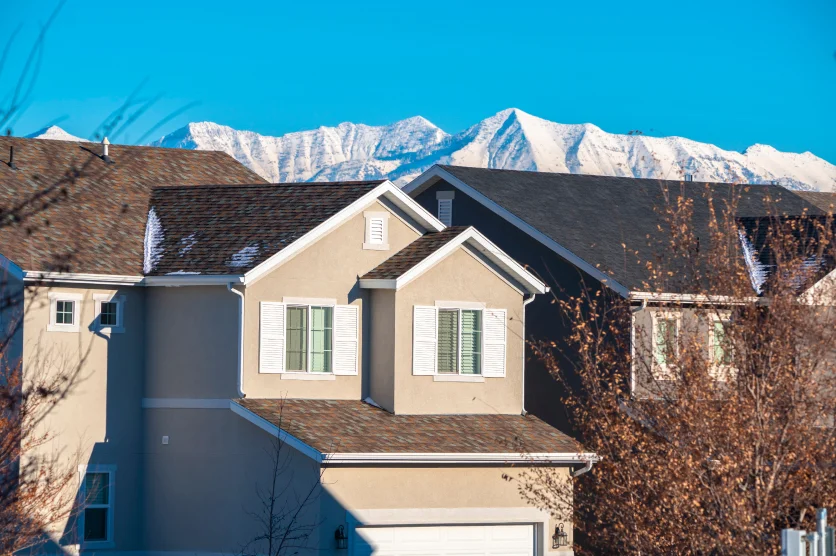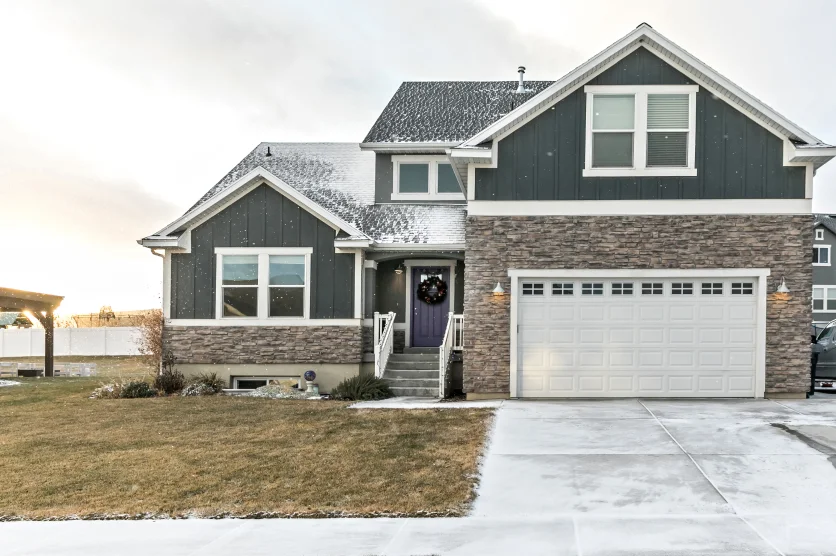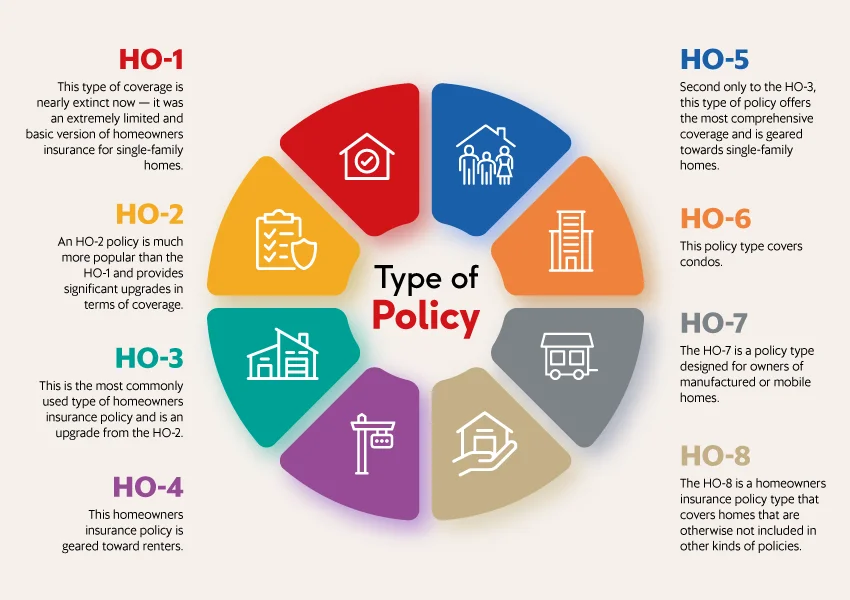
Utah Homeowners Insurance Quotes
Everything You Need to Know about Home Insurance in Utah
Many people who live in Utah take full advantage of this state’s reputation as an outdoors mecca. In fact, three-quarters of the population admit to spending every free minute hiking, mountain biking, rock climbing, skiing and more in the beautiful mountains, lakes and valleys that make up the state’s geography. Utah is nicknamed the Beehive State because its early residents believed in hard work and industry – traits of the bee.
Early settlers, led by Brigham Young, were members of the Church of Jesus Christ of Latter-day Saints, also known as Mormons. The Book of Mormon mentions these early pioneers as carrying with them “deseret” or the honeybee.
Apparently, those industrious outdoorsy Utahans are satisfied with their situation, since Utah is ranked the fourth happiest state. The job market is good, with a low unemployment rate and a fast-growing technology sector. Utah also has one of the lowest property tax rates in the U.S. although housing is considered expensive. Unfortunately, the state’s geography contributes to poor air quality in Salt Lake City, where the inversion traps air pollution during the winter.
Speaking of winter, Utah regularly drops below freezing during the months of December through February. Snow is abundant, and daylight is short. However, take heart, if you are planning to move here, it’s one of the sunniest places in the country when there is daylight.
Homeowners in Utah need an insurance company that’s going to be just as hard-working and industrious as the state insect: the honeybee. For the best home insurance in Utah, let the experts at InsureOne show you why we can do the shopping for you to find flexible and customized options you can afford.
How Much Does Homeowners Insurance Cost in Utah?
Utahans are fortunate in that the average cost of home insurance annually is $890 for $300,000 of dwelling coverage. Nationally, that figure is much higher, coming in at $1,820. Why is it so low in Utah?
For one thing, Utah’s most severe weather is likely to be snow and ice, and the resulting damage caused when that snow melts and ice brings down trees. But homes in this state are built with these conditions in mind.
On the other hand, Utah is an extremely dry state and wildfires have always been a problem. Lightning strikes bear the lion’s share of blame in past years, probably due to large areas of remote and uninhabited land. Recent years have seen a large uptick in fires caused by human activity, especially in 2020 when camping experienced a large surge in popularity. However, it still remains a low to moderate threat to most homeowners (and their insurance companies).
How Do Home Insurance Deductibles Affect Rates in Utah?
A deductible is the amount the policyholder pays in an approved claim while the insurance company pays the rest, up to the policy limit. Therefore, it makes sense that the higher the deductible, the lower the policy premium. Most insurance companies will reward their customers who take on more of the financial risk. To help keep your premiums low, you should set your deductible as high as you are comfortable paying in the event of an approved claim.
Compare Home Insurance Rates by Coverage Levels in Utah
The dwelling coverage amount on your home is roughly the same as the replacement cost value (RCV). In other words, it is the amount you would need to rebuild your home to its current state in the event of a total loss. Here is a chart that illustrates the average cost of dwelling coverage in Utah.
| Dwelling Coverage (Utah) | >Average Annual Insurance Cost |
|---|---|
| $100,000 | $480 |
| $200,000 | $700 |
| $300,000 | $890 |
| $400,000 | $1,100 |
| $500,000 | $1,300 |
Check with an InsureOne agent to find the best home insurance with customizable solutions at an affordable price. Our agents will do the work for you.

Is Home Insurance Tax Deductible in Utah?
Although you cannot deduct your home insurance payments from your income tax, you may be able to find some consideration for home office costs and rental properties. Check with your tax attorney.
Does Utah Have the 80% Homeowners Insurance Rule?
The 80/20 rule is typically not regulated by the state, but most insurers use it to set their premiums and claims rules. Ask your insurance agent if their company uses the 80% rule and have them explain it to you if they do.
Here’s a the main message: Your dwelling coverage amount needs to be set to at least 80% of your home’s RVC in order for your insurer to be obligated to pay out the full amount of your policy. If your dwelling coverage is found to be less than that amount, your insurer may legally pay out less than the full amount of your policy in an approved claim.
For example, if your home’s RVC is $350,000, your dwelling coverage should be set at $280,000. Remember, this figure should be re-examined any time you make renovations or additions to your home (and possibly raise the replacement cost) and periodically with your agent to adjust for inflation of building materials, such as lumber.
Bundling Home and Auto Insurance in Utah
You may be more concerned with purchasing the best coverage for your split-level in Salt Lake or your A-frame in American Fork, but it never hurts to find a good deal at the same time. Bundling two or more policies with the same insurer can net you a 25% decrease in your premium – especially if you bundle your home with your auto insurance.
Many Beehive State residents own snowplows, RVs, snowmobiles and other equipment related to the white wintery stuff that falls from the sky (frequently!). For many of these items, you’ll need some type of insurance to be protected when you use them. Combing these policies into one can help you save money on them all.
Additionally, it’s easier to manage one payment instead of multiple ones and it’s easier to manage claims if the need arises. Your insurer will take it as a sign of loyalty and trust.

What Weather Events Affect Home Insurance Costs in Utah?
The extreme dryness of Utah and the hard winters are two weather-related conditions that can potentially affect home insurance costs. Since both of these conditions are well established and continuous, rather than a sudden devastating event such as a hurricane, residents and insurers alike work constantly to mitigate the possible effects.
For example, residents who live near forests or other areas prone to wildfires likely decrease their chances of losing their homes by following the recommendations of Firewise USA. These include:
- Keeping combustible materials, such as dead leaves, cleaned up.
- Installing mesh screening to keep embers from entering the attic or home.
- Clearing vegetation and creating fuel breaks away from the home.
Making sure the area around your home is free of large trees can help reduce the possibility of roof damage during ice events. Ensuring that melting snow will not find a way into the home or basement will cut down on claims involving flooding.
What are the Different Types of Home Insurance?
Most insurers offer 8 types of home insurance, although policies can be customized by adding riders for specific situations. Policies are available for single family homes in Sandy, manufactured homes in Millcreek and renters with a loft in Logan.
Finding your best policy is easy with the help of an InsureOne agent. We are a one-stop shop so you don’t spend a minute more than necessary away from the slopes.
What is the Most Common Homeowners Insurance in Utah?
Most Utahans select an HO-3 policy, the most common home insurance type in the states. An HO-3 policy extends the best coverage to your home, outbuildings, your personal possessions and living expenses if you must find a temporary home-away-from-home while your property undergoes renovation after a covered event. This type of policy also extends legal protection if someone sues you due to an injury on your property.
Flood insurance is not typically offered as part of a home insurance package, but this isn’t a main concern for those who live in dry Utah. Periodically, melting snow may cause a flooding issue and if that’s the case for you, you may want to look into government-offered flood insurance.

Get the Best Homeowners Insurance in Utah Today
Those lucky enough to be a homeowner in this beautiful state need the best insurance from A-rated carriers. At InsureOne, we take the time to listen to what you need and do the research for you, so you can spend more time with family. We’ll give you flexible, customized options so you can choose the one you like the most.
To get started, give us a call at (800) 836-2240. You can also conveniently obtain a quick home insurance quote online or visit us in person at one of our convenient locations.



